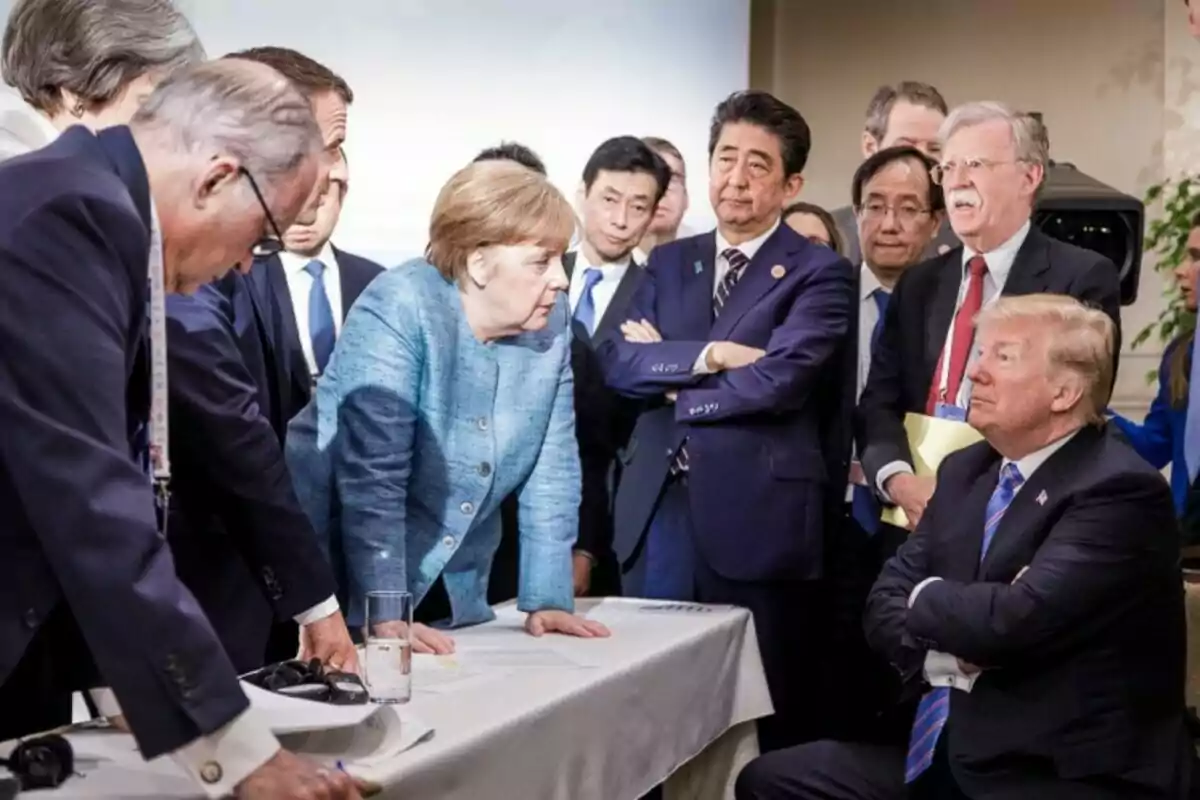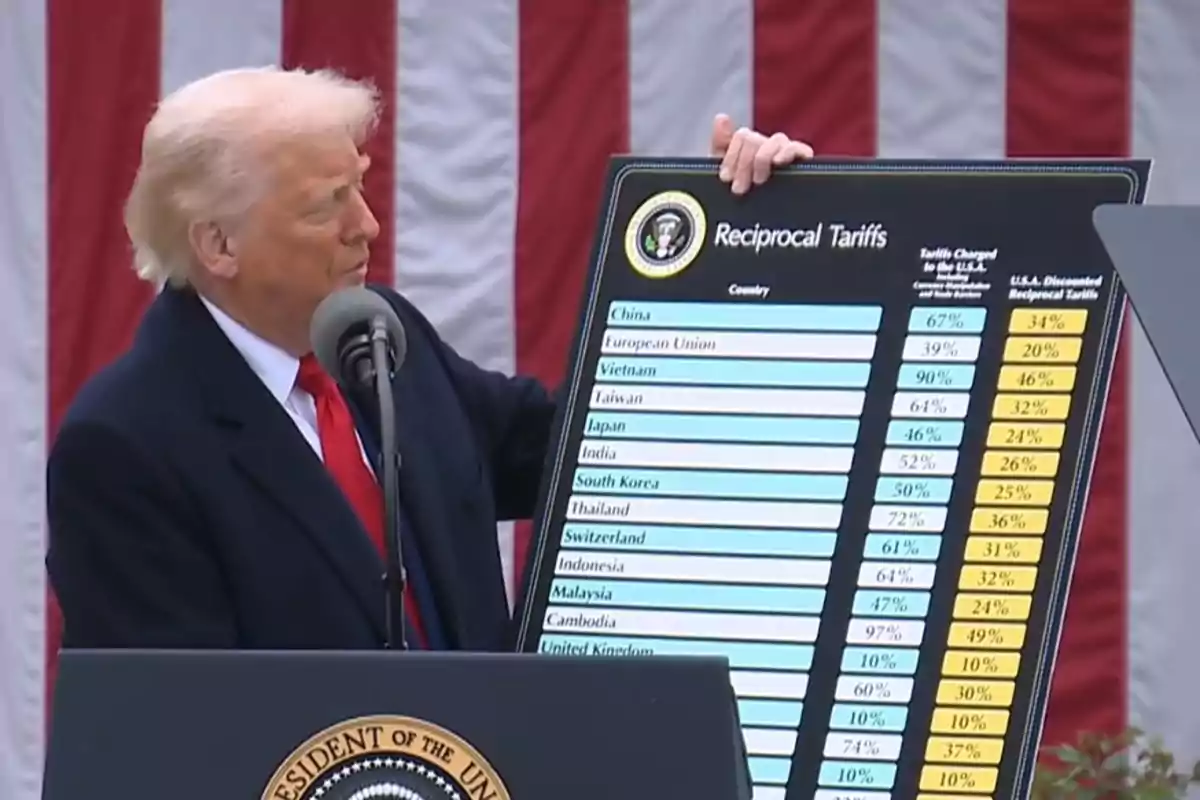
The day Trump proposed eliminating all tariffs and trade barriers
Their 2018 proposal, rejected by those who complain about tariffs today, could have avoided the current chaos
In the context of the current stage of global financial volatility, the tariffs imposed by the President of the United States, Donald Trump, are a key factor that caused nervousness. However, to understand this policy, it is crucial to return to a significant episode of his first presidency: the 2018 G7 summit, held in Quebec, Canada.
At that time, Trump surprised the world leaders with a major proposal: eliminate all tariffs, subsidies, and trade barriers among the G7 countries, establishing a total free trade system.
According to news from the time, Trump argued that this would level the playing field and benefit all the nations involved, eliminating the distortions that, as he claims now, harmed the United States.
Speaking during an impromptu press conference at the G7 summit in Canada, the U.S. President, during his first term, said that his ultimate goal was the elimination of all trade tariffs.

"Ultimately, that's what you want," he stated and added: "You want a tariff-free system. You want zero barriers. And you want zero subsidies. Because there are cases where some countries are subsidizing industries, and that's not fair."
However, his offer was rejected by "allies" like Canada, the European Union, and Japan. This episode marked a turning point in Trump's trade vision, reinforcing his perception that the U.S. was being exploited in global trade.
Back in the present, Trump's strategy seems to have evolved from that idealistic offer to a more pragmatic and unilateral approach: increasing tariffs to force "reciprocity" in trade relations.
With measures like the "Liberation Day" on April 2, Trump implemented massive tariffs on countries like China, Mexico, and Canada, arguing that he seeks to level the conditions that other governments have imposed on American products for decades.

For example, while the United States has historically maintained low tariffs (around 2-3% on average), countries like China apply much higher rates on American goods, in addition to massively subsidizing their industries. Trump argues that these disparities justify his current policy: if others don't play fair, the U.S. doesn't have to either.
Despite accusing Trump of being "protectionist," the U.S. President's measures do not represent an abandonment of free trade, but rather an attempt to achieve it by other means: pressuring nations to negotiate on equal terms, as is already happening currently.
The irony is that his 2018 proposal, rejected by the countries that today complain about the tariffs, could have avoided the current chaos if it had been taken seriously. Now, with markets in free fall, the world faces the consequences of that missed opportunity.
More posts: